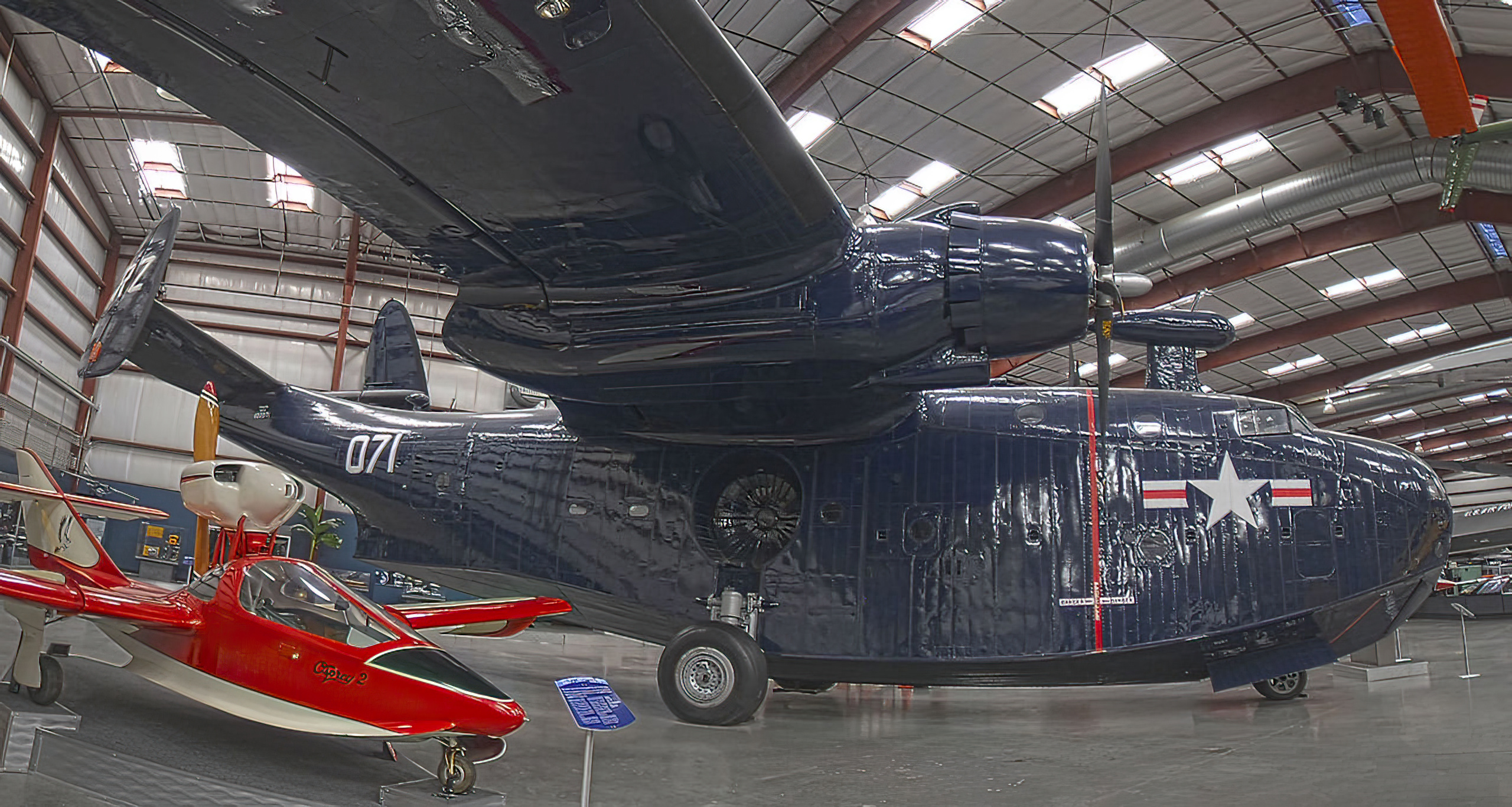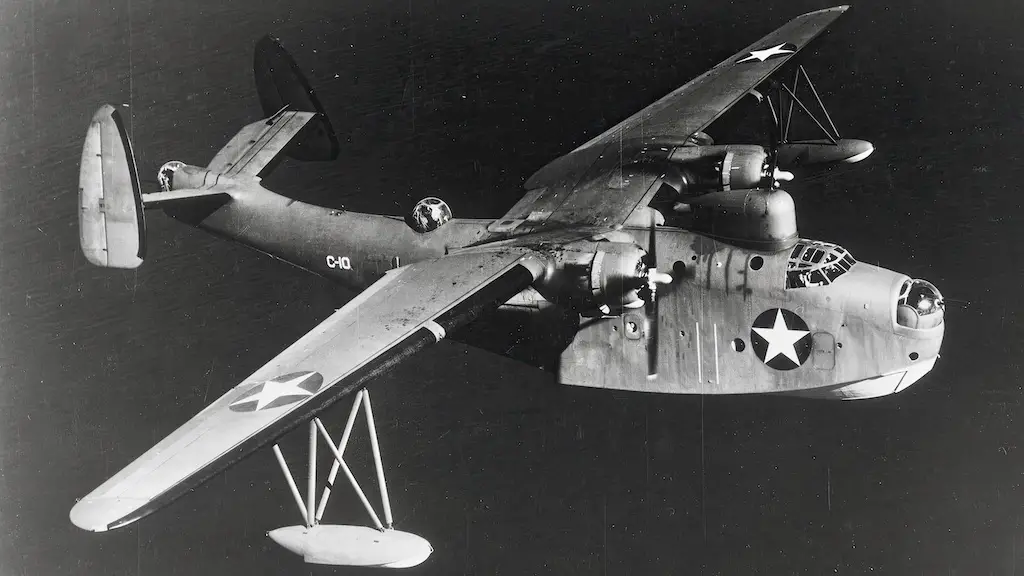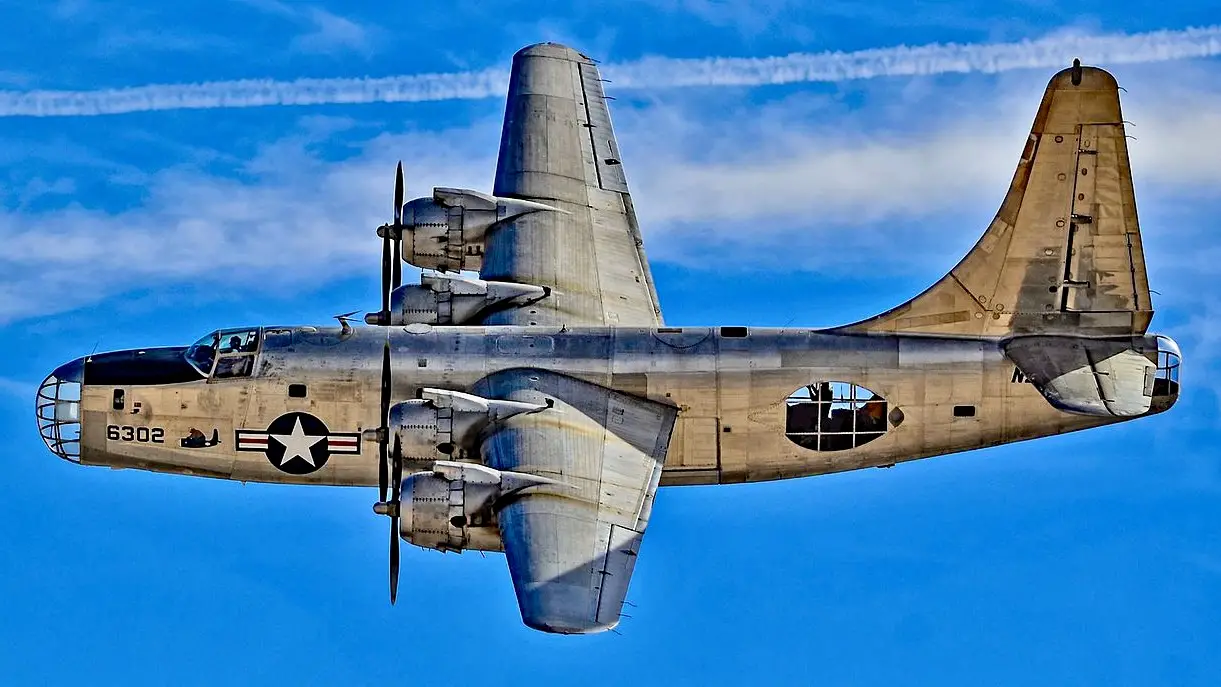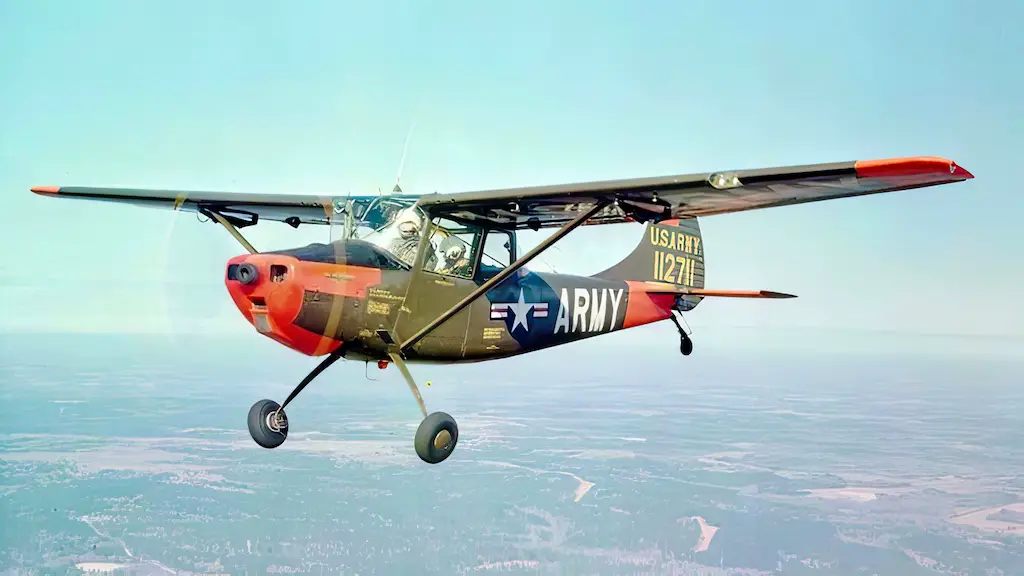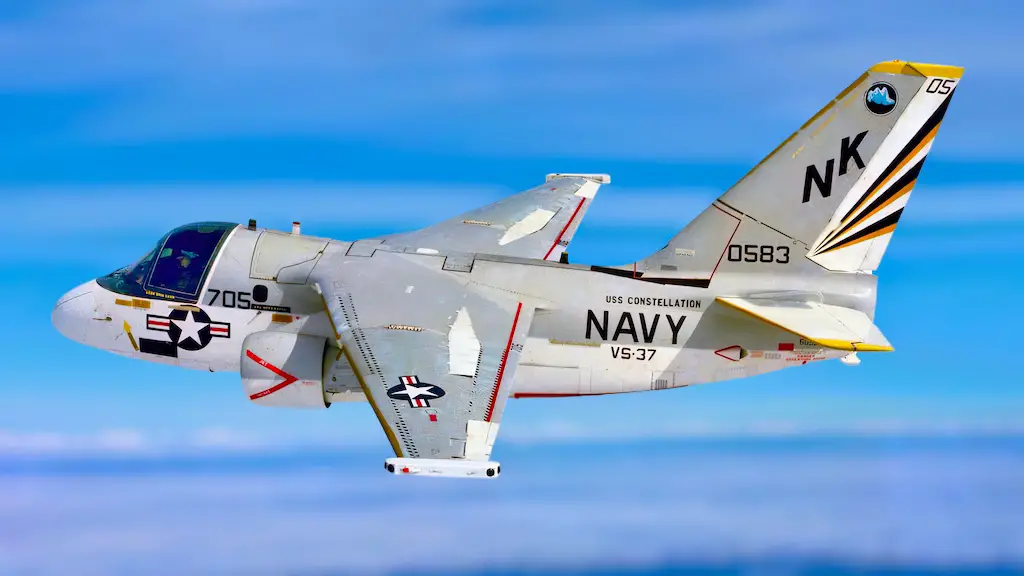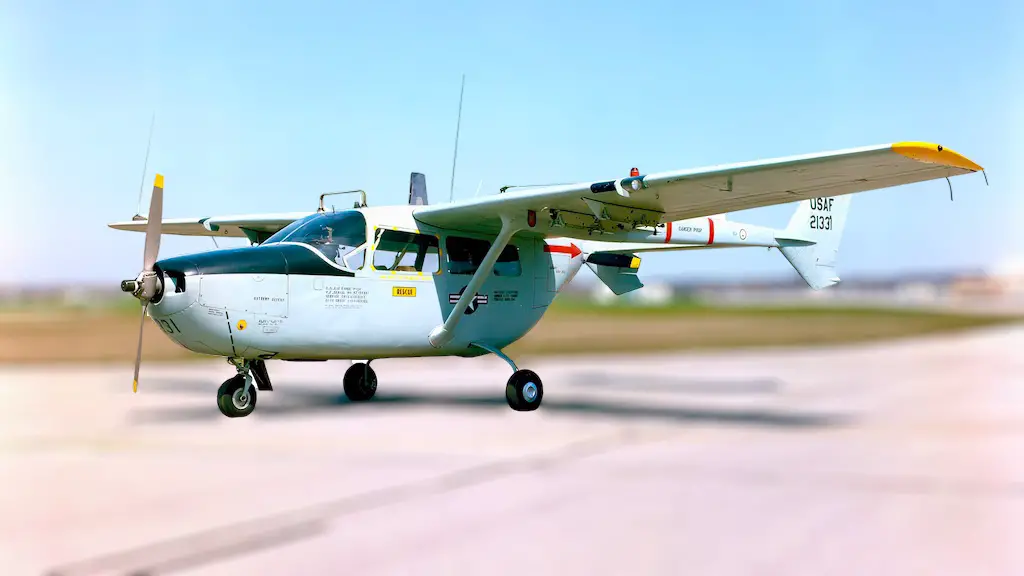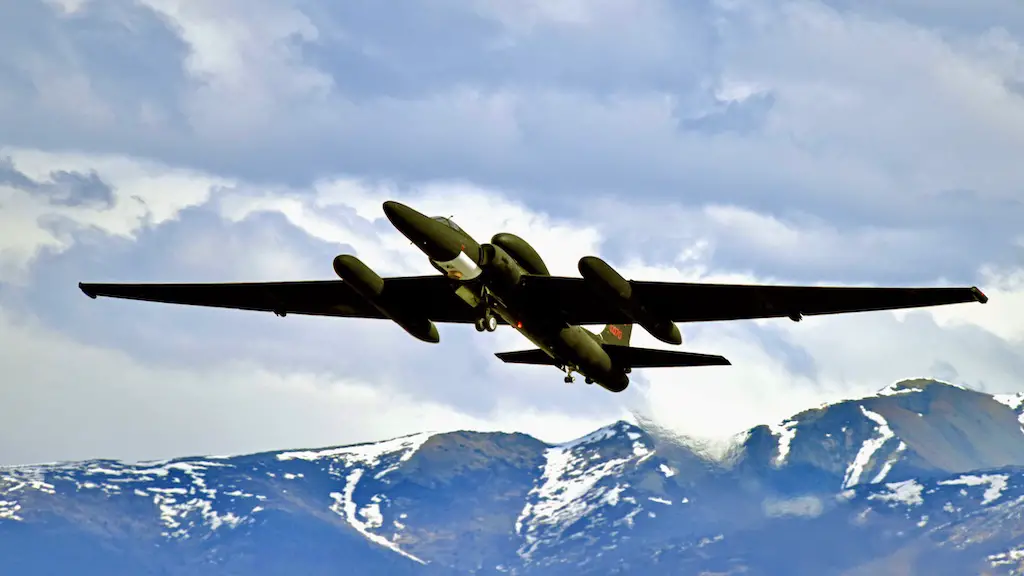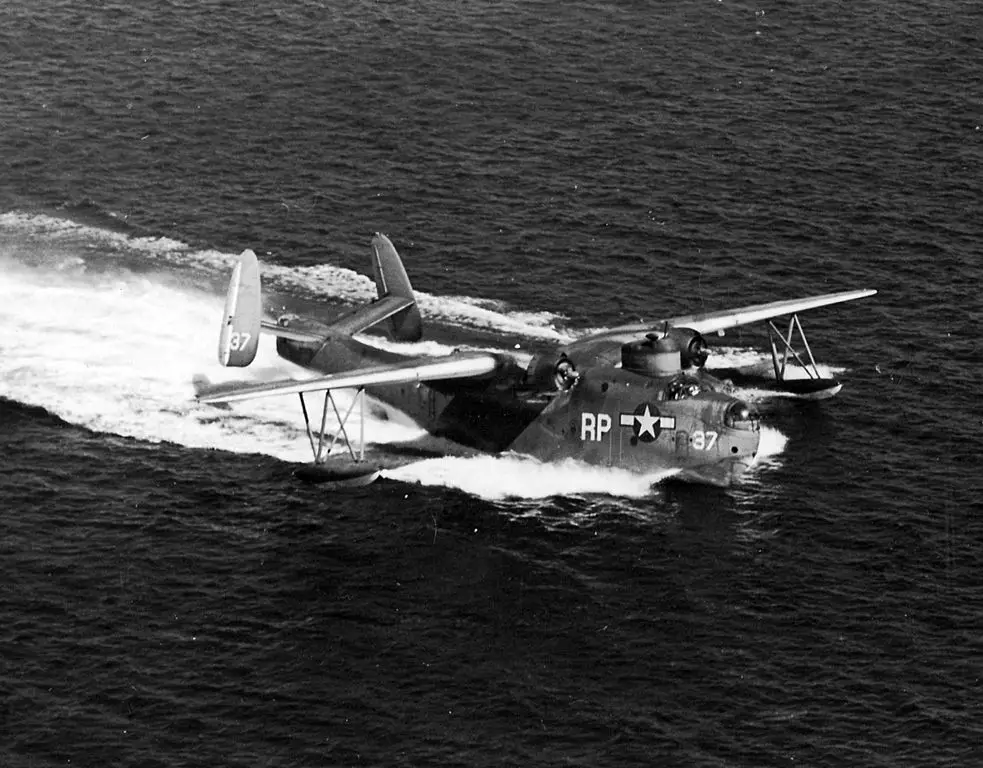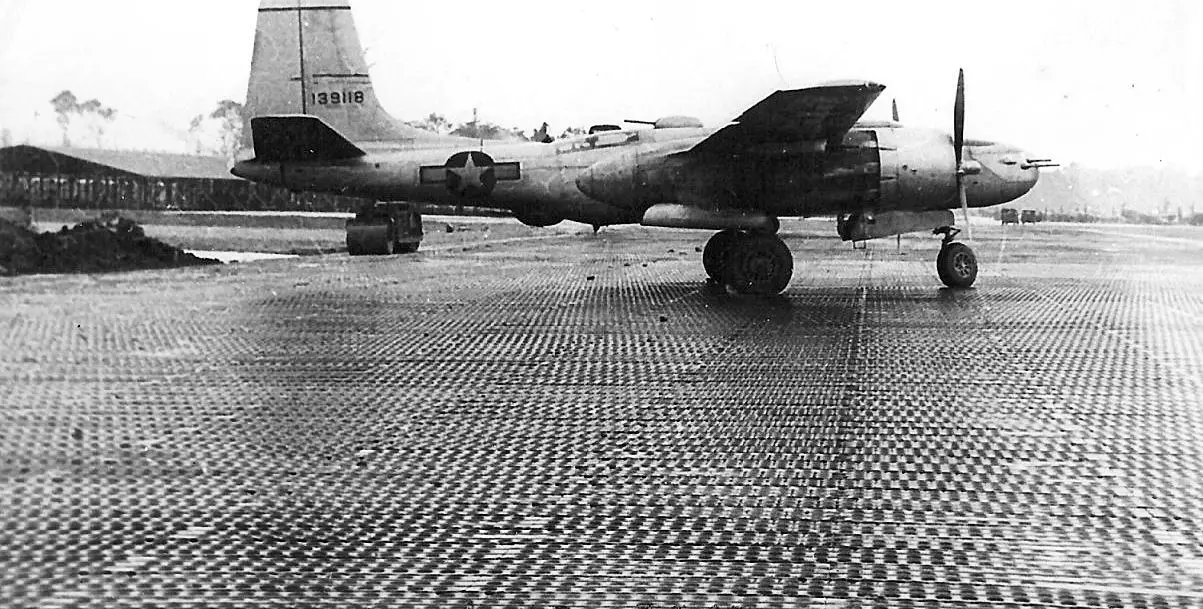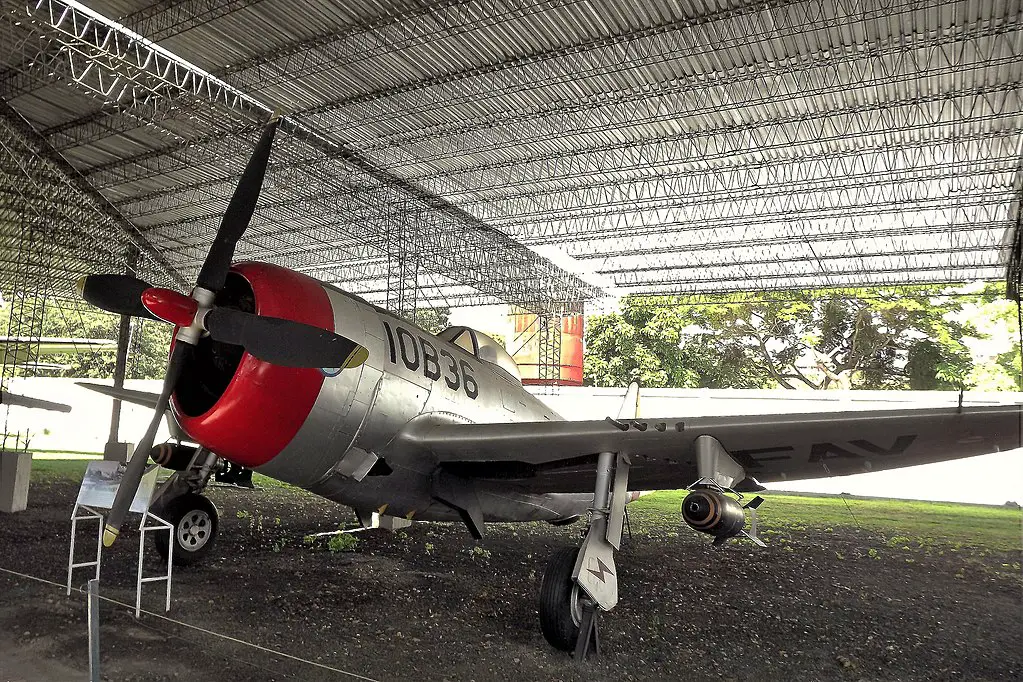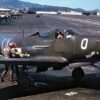Development History
It was the 1930s, and the world was going through the fevered pulse of pre-war tension. The United States, sensing the brewing storm, put out a call for a flying boat design to bolster its defense capabilities. Martin stepped into the arena with the PBM Mariner, a prodigy of aviation engineering that would write its own legacy in the annals of history.
Martin designed the Mariner to augment the Consolidated PBY Catalina, elevating maritime patrol duties to unprecedented heights. The design process kicked off in 1937, culminating in the prototype’s maiden flight from water on February 18, 1939. The inaugural model, the PBM-1, flaunted a unique gull-wing design and rolled out in September 1940. Over the years, Martin diligently refined the Mariner, culminating in the PBM-3 and the ultimate model, the PBM-5, both showcasing upgraded engines and enhanced radar equipment.
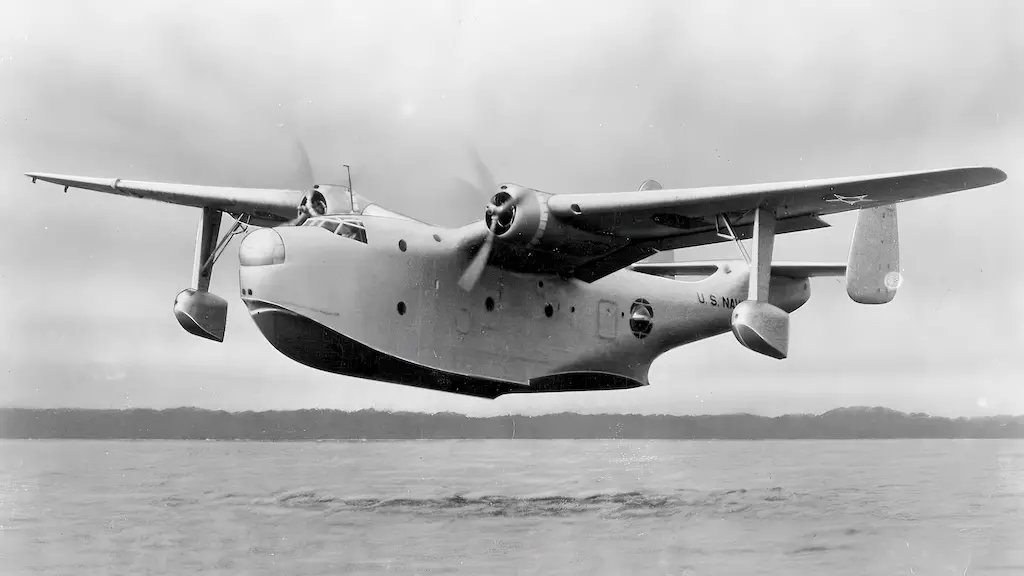
The Engine
The PBM-5 Mariner was powered by two Pratt & Whitney R-2800-34 engines. These double-row, 18-cylinder radial engines delivered 2100 horsepower each, enabling the aircraft to cruise at 178 mph and reach a top speed of 205 mph. This power enables the Mariner to cover vast expanses of open sea, with a range of up to 2,880 miles.
Despite the engine’s inherent complexity and maintenance requirements, the Pratt & Whitney R-2800-34 was considered highly reliable, having powered many iconic aircraft of the era, including the Douglas A-26 Invader and the Republic P-47 Thunderbolt.
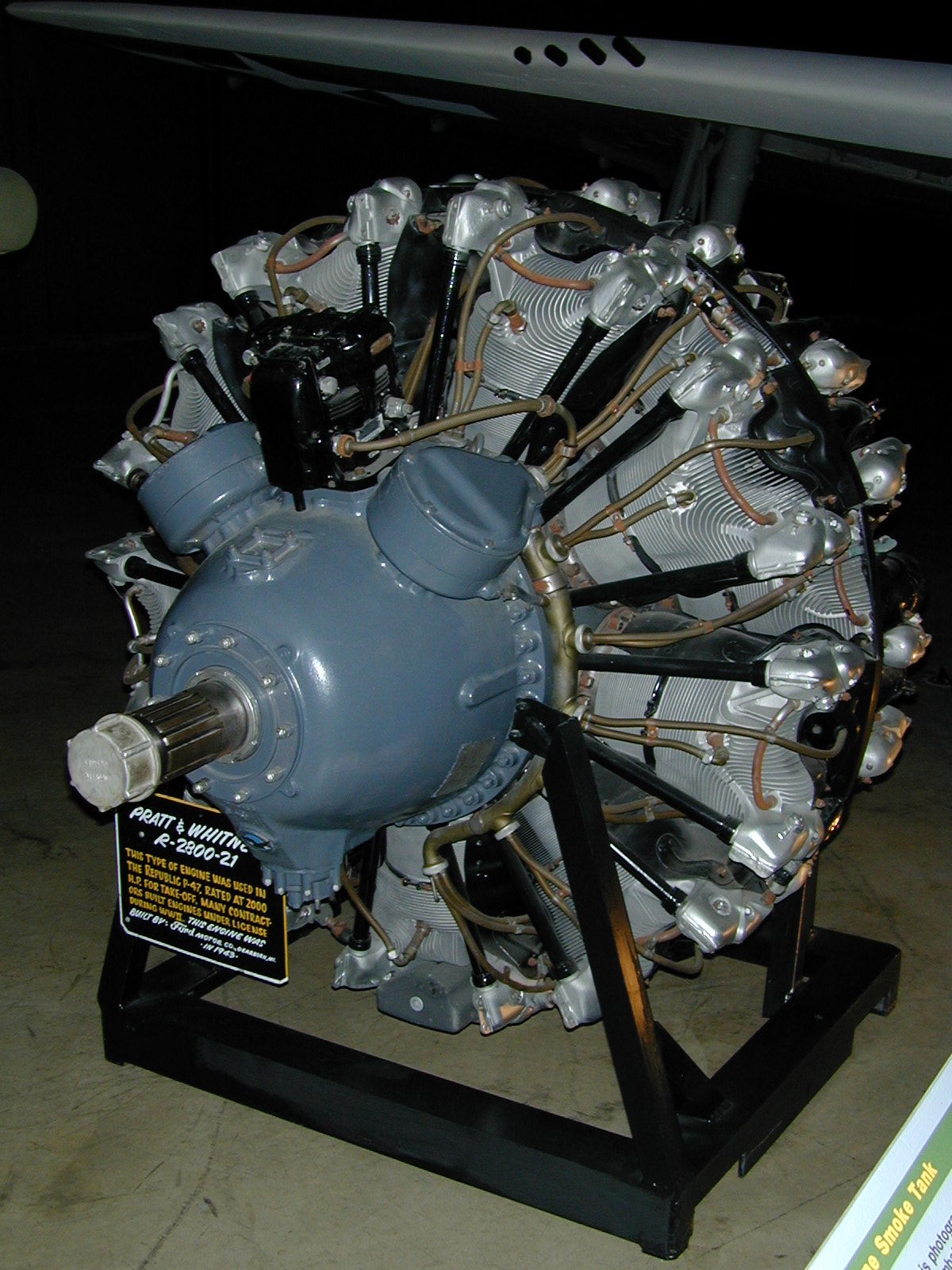
Firing Fury
With up to eight .50 caliber M2 Browning machine guns and the capacity to carry 4,000 pounds of bombs or depth charges, this sea-scout was more than equipped to hunt down enemy submarines and surface ships. Its firepower was complemented by the advanced MAD (Magnetic Anomaly Detector) gear and sonobuoys, turning it into an unmatched predator of the seas.
In the Line of Duty
In operation, the Mariner’s prowess was undeniable. Throughout World War II, Mariners made substantial contributions in both the Atlantic and Pacific theaters. Their primary duties encompassed engaging enemy submarines and providing essential convoy escort services. Acting as the silent guardians in the Battle of the Atlantic, they played a pivotal role in neutralizing ten German U-boats. When operating in the vast expanses of the Pacific, the Mariners undertook life-saving missions, heroically rescuing stranded aviators and sailors, underlining their crucial role in air-sea rescue operations.
The Mariners served beyond the realm of World War II, seeing action in the Korean War and into the mid-1950s, providing logistical support during the early atomic tests at Bikini Atoll.
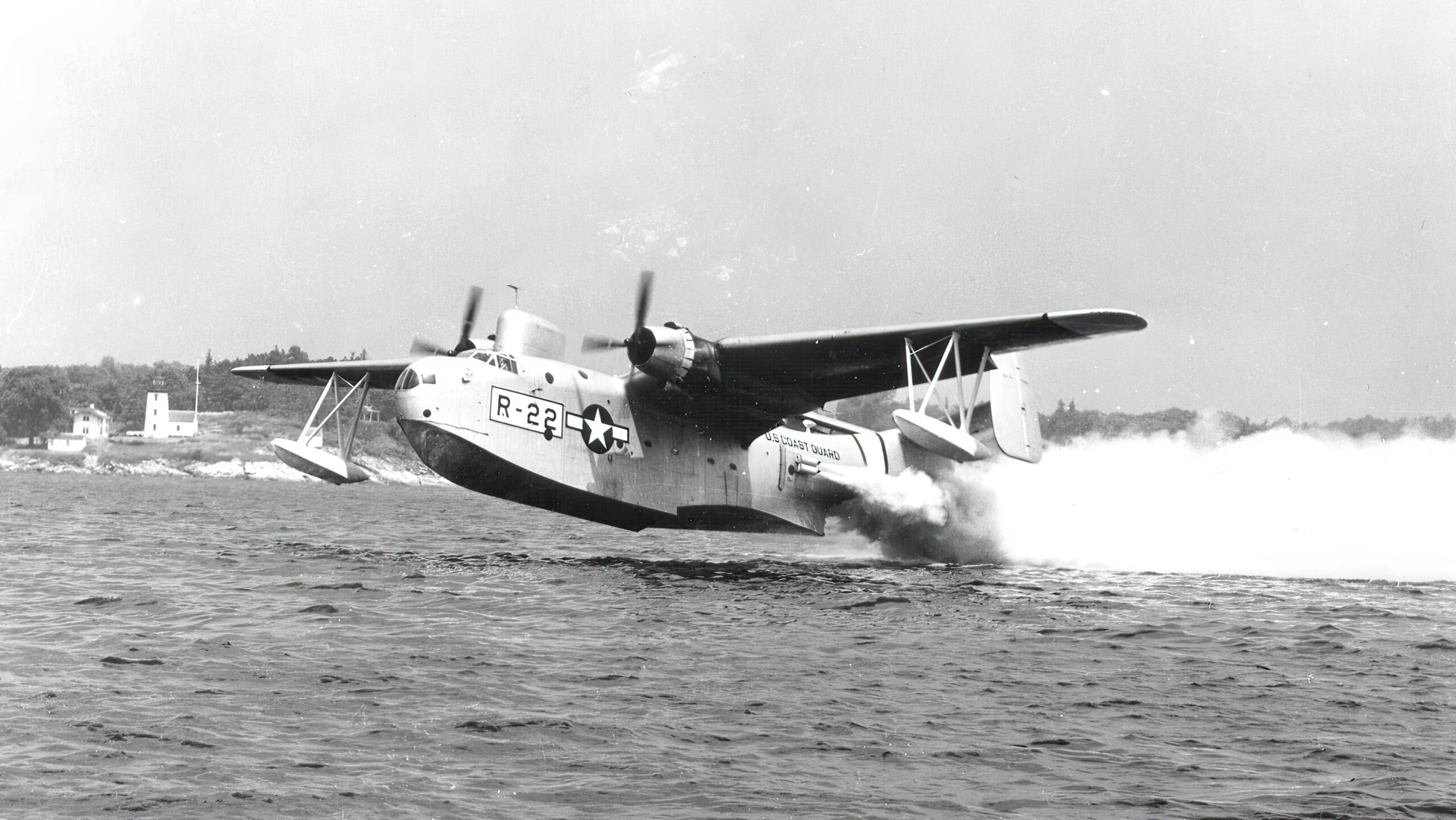
Flying Against the Wind
Despite its accolades, the Mariner was not without its shortcomings. The complex gull-wing design led to a higher maintenance burden and increased chances of structural failures. The engines, while powerful, were often considered difficult to service and suffered from overheating issues. Furthermore, the aircraft’s size made handling a challenge, particularly in rough seas, leading to numerous accidents during takeoff and landing.
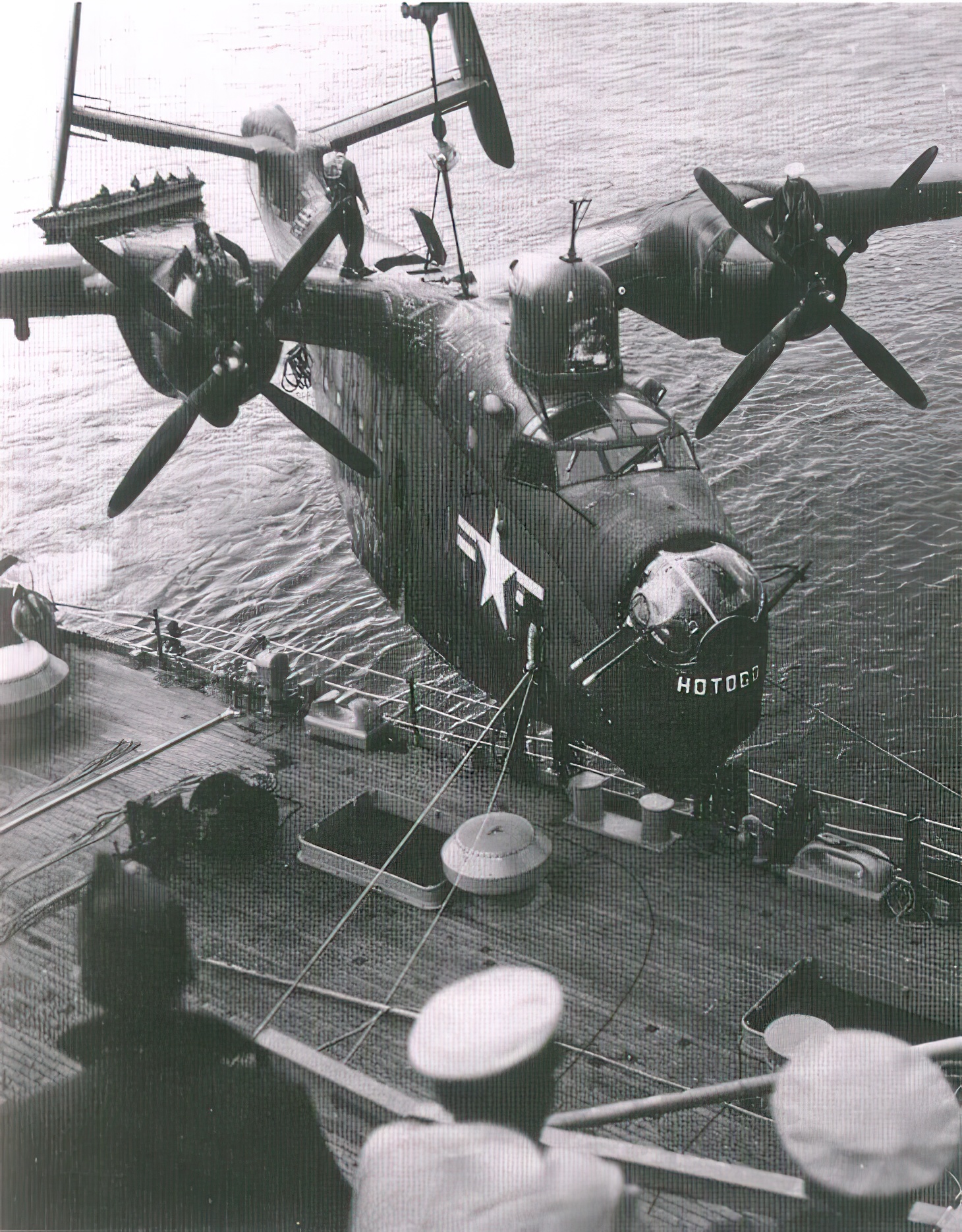
Surviving Airframes
The end of the Mariner’s active service life did not mean the end of its story. Today, one of the last surviving PBM-5A Mariners, BuNo 122071, is on display at the Pima Air & Space Museum in Tucson, Arizona. This Mariner served the US Navy between 1948 and 1956 and now stands in tribute to its lost brethren, wearing the colors of Transport Squadron 21.
Beneath the waves of Lake Washington lies another Mariner, PBM-5 BuNo 59172. After crashing on 6 May 1949, its wreckage now serves as a diving training site, symbolizing the Mariner’s bond with the sea even in its afterlife.
At the Baltimore Museum of Industry, the piloted ⅜ scale test aircraft, Model 162A, offers a unique look at the Mariner’s design process. Registered as NX19168, this model was an integral step in the Mariner’s development, standing as a testament to the innovation and dedication that brought this iconic aircraft to life.
